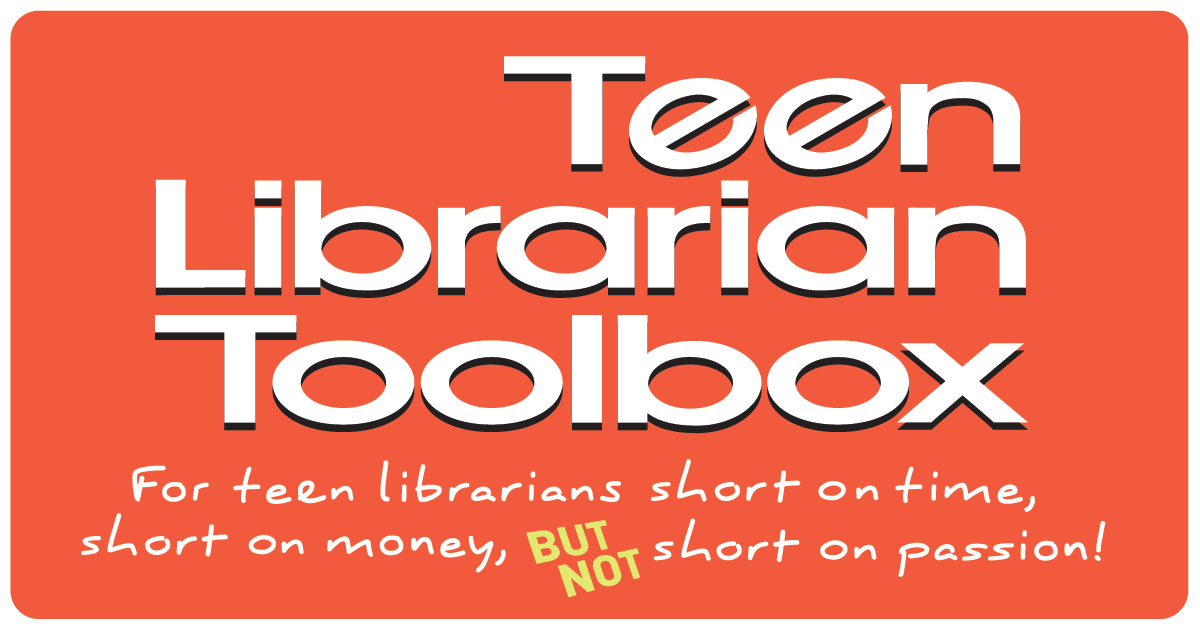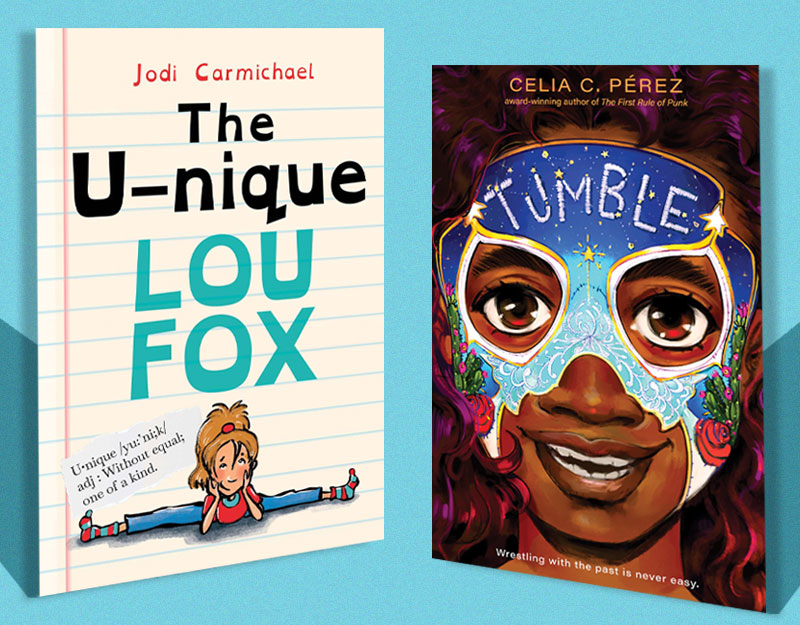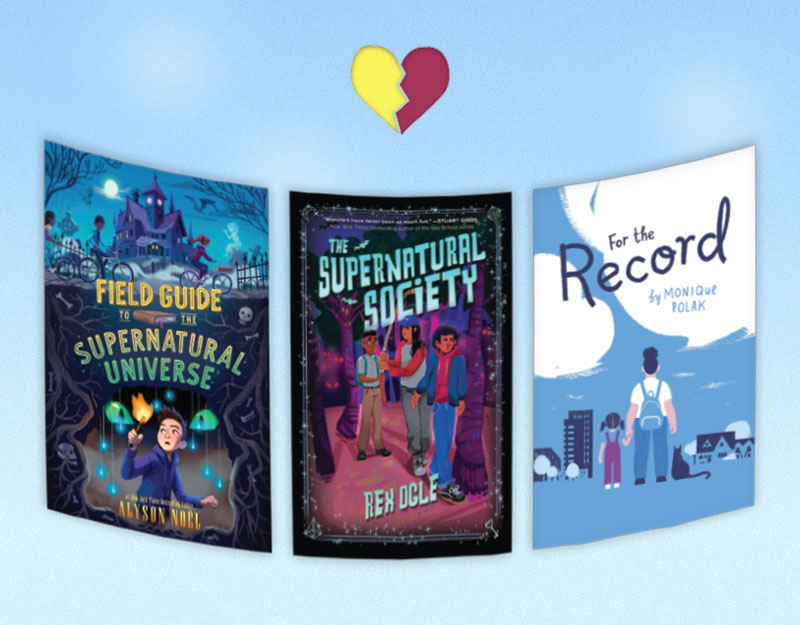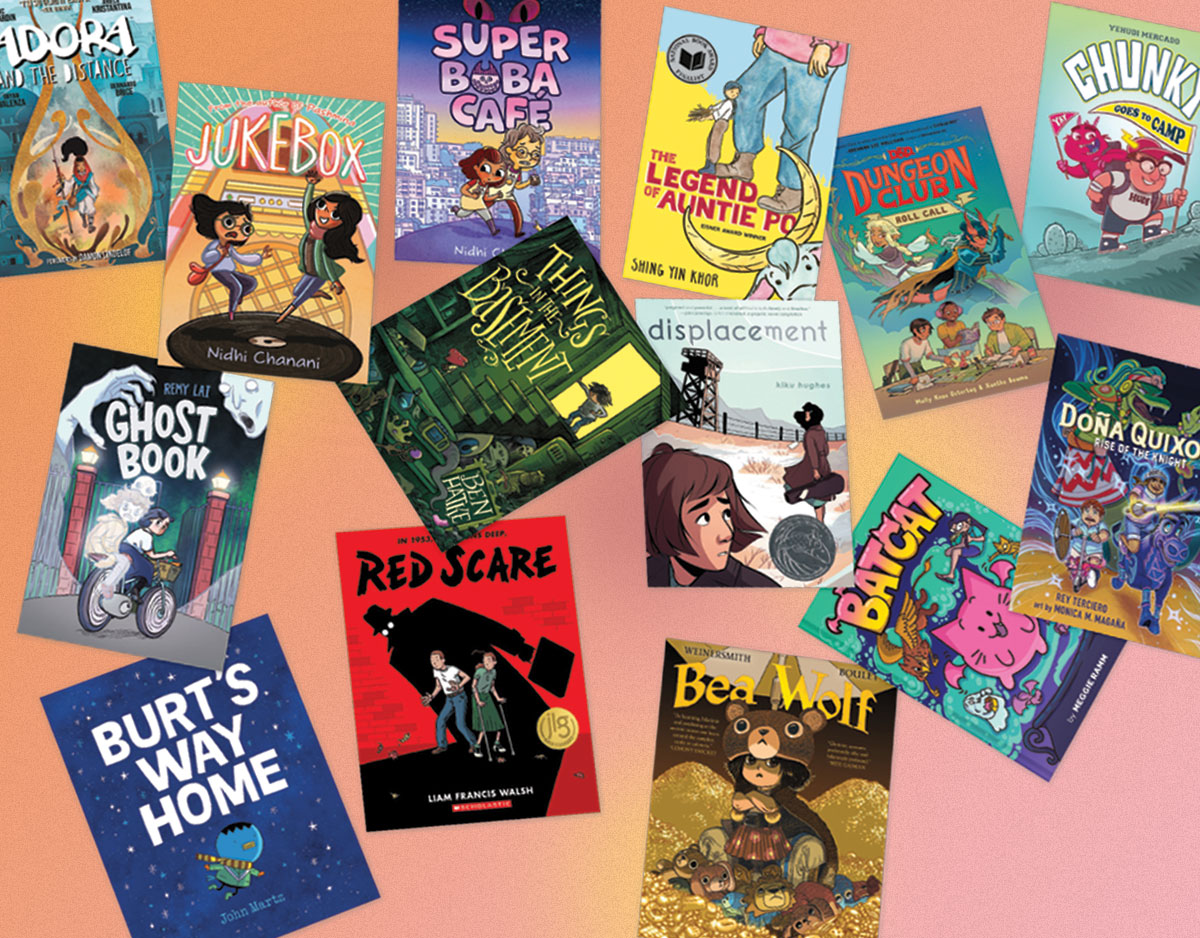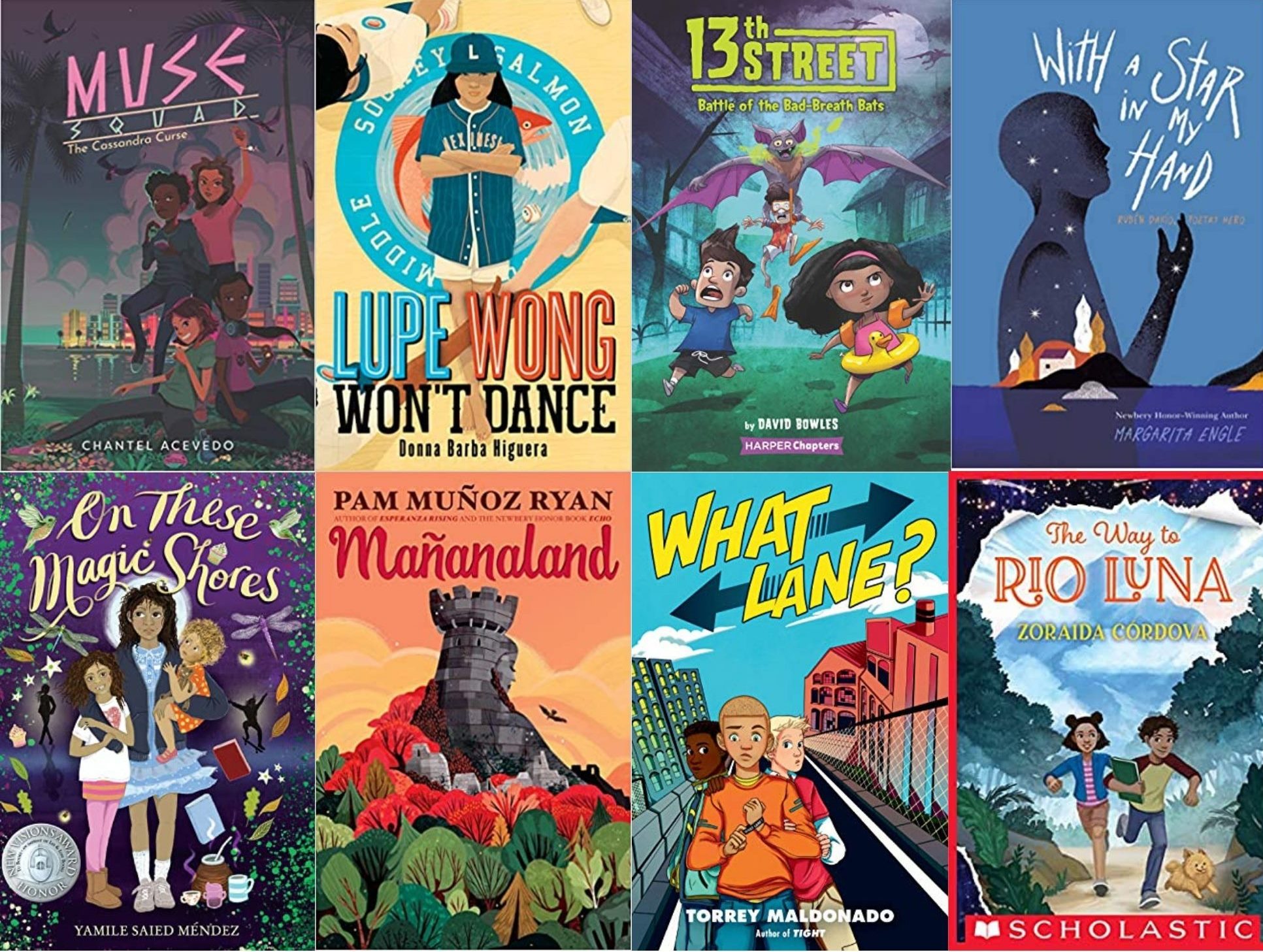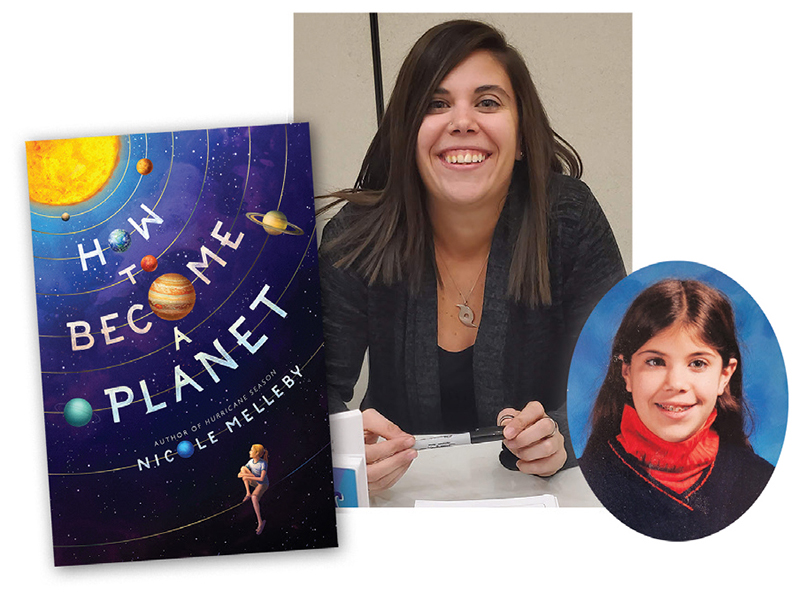Like a Prayer: Complexities of Faith in YA Fiction and Life, a guest post by Annie Cardi
I never thought of myself as a particularly religious teen. My family was Catholic because we’d always been Catholic. We ate fish on Fridays during Lent but didn’t say grace before meals. I went to Catholic elementary school, because my parents felt it was a good religious foundation and the school was strong academically, but I went onto other schools (one Quaker and one non-religious) afterward. I zoned out during most homilies, but I liked the familiarity of reciting the Our Father and Hail Mary and Apostle’s Creed. When I prayed, either after Communion or in bed late at night, it felt like a private conversation with God instead of traditional prayers. If anything, my relationship with the divine was modeled more after Judy Blume’s Are You There, God? It’s Me, Margaret than anything else.
Our local church didn’t have a robust ministry program, so youth group wasn’t even an option or me at the time. But I did join my church’s handbell choir, mostly because I wanted to learn to play. The choir, led by a Catholic brother who served as the church’s music director, consisted of a handful of adults from the vocal choir and several nerdy musical teens. We practiced on Thursday nights, and I loved being at the church when no one else was around—the dark and quiet of the nave, the light and music of the choir loft. It felt special and solemn, even on a random Thursday night.
ADVERTISEMENT
ADVERTISEMENT
At the same time, I knew there were parts of the Church I didn’t agree with, parts that the rest of my family and friends seemed to mostly ignore. Homosexuality was, at best, not supported and, at worst, considered sinful, but we had gay and lesbian family friends. Women couldn’t be priests, let alone bishops or even the Pope. The Church didn’t approve of reproductive rights, but after dealing with a particularly painful menstrual cycle, I started taking birth control. Outside of my gynecologist’s office, I saw people protesting. When I asked my mom about it, she said they were there because my gynecologist—a doctor we both loved for his kind empathy and extensive knowledge—performed abortions. I didn’t know how to hold these discrepancies in my mind, and how to reconcile them with the quiet comfort I felt when I prayed by myself or went to handbell choir practice.
In college, I found myself five hundred miles from home and suddenly realized that maybe not knowing anyone at my school might be a little intimidating. Plus, I didn’t want to join the packs of freshmen headed out to frat parties, so I wasn’t sure where that left me. I figured the best way to get to know people would be to join a few clubs or activities, expecting to join a literary magazine or a theatre group. When I checked out the student activities fair, I came across a booth for the Catholic Student Ministry. I know this! I thought. I talked to a friendly sophomore who told me about a welcome barbeque at the church and ended up walking over with another girl on my hall.
It ended up being one of the best decisions I made that year. I met other freshmen who were more devout that I was, but they were also friendly and funny and smart. In addition to small groups and rosary circles, CSM organized outings to movies and mini-golf and house parties—things I could do instead of going to frats. But the social connection was bolstered by a real sense of faith and community for me. At the freshman retreat, I talked with other people about feeling nervous about starting college, about believing in something bigger than myself. At Fireside, the weekly Mass held for the group, the priests tried to connect biblical readings to what we were experiencing as college students and young people in the world. When we prayed the Our Father, I held out my hands and someone would take them. I sang familiar songs—Eagle’s Wings and Taste and See and teared up at “I love you and you are mine.”
Not that everything felt right. Some other group members looked down on things like drinking or sorority life, which I ended taking part in as well. Occasionally after weekly spaghetti dinners, the student leaders would organize letter writing campaigns to government representatives about issues like the death penalty or abortion. I felt uncomfortable writing to support pro-life policies, but I also didn’t argue against it. It felt easier to pick and choose the aspects of Catholic life that I could support while ignoring the things I couldn’t.
When I moved to Boston after college, I quickly found a new church. It was within walking distance of my apartment and I liked the tradition of getting up early on Sunday to go to Mass. I didn’t join the same kind of young people’s group in this church, but I loved the community—the priest always gave open and honest homilies that insisted on empathy, connection, kindness, and social support. The church even had an active LGBTQIA+ group for queer Catholics and allies to address concerns, foster community, and share resources. At one point, the church defied the local Archdiocese to organize a Mass commemorating the local Pride celebration. In his homily, the priest emphasized compassion and inclusion, saying “Jesus said all are welcome.”
That was the kind of church I wanted. The kind of messages I wanted to hear from spiritual leaders. But of course, there was backlash and a lot of other Catholics—priests and other leaders included—who wanted to shame this priest and church for being inclusive. These same people took way less offense to actual issues of sexual abuse and related cover ups in the Church. I didn’t know how people could be on such opposite sides of these issues and still consider themselves Catholic. It didn’t match up with what I believed about Jesus—the radical empathy and insistence on care for the most marginalized.
Eventually, this kind of divide was too much for me—especially when I saw a pamphlet from my hometown parish not-so-subtly telling parishioners to vote against Hillary Clinton in 2016 due to her pro-choice stance. How could I support reproductive rights, LGBTQIA+ people, and more and still have a relationship with a church with such a destructive history? How could I wear a t-shirt for a group I didn’t fully support?
A lot of these struggles led me to writing Red, a YA retelling of The Scarlet Letter centered around abortion and grooming, told from the perspective of a teen who feels a deep sense of belief but also doesn’t know if she can take part in a faith community. It was important for me to not frame faith, or even religious communities, as all bad. I wanted faith to be something that gave Tess comfort and strength, even after her abortion and after being shamed by youth group friends. I wanted it to be something she struggled with, wondering if she was even allowed to pray considering the choice she’d made. I wanted it to be something that was the foundation for a community that was complex and damaging and supportive and ultimately something Tess wanted to fight for.

ADVERTISEMENT
ADVERTISEMENT
I love reading books like this, too. As a young reader, the religious dynamic in Are You There God? It’s Me, Margaret felt deeply real to me. More recently, I’ve loved Saints and Misfits by S.K. Ali, which follows with a Muslim teen as she navigates assault and hypocrisy in her religious community while also finding support and strength there among her peers. Good Enough by Paula Yoo is a lighter read but features a fun and supportive youth group at the main character’s Korean church. Kelly Loy Gilbert’s Conviction is a fascinating portrayal of family violence in a faith community. Georgia Peaches and Other Forbidden Fruit by Jaye Robin Brown and Dress Codes for Small Towns deal with sexuality and gender identity centered around Christian teens in positive and affirming ways. I love seeing stories like these that reflect the good and the bad in religious communities, that underscore the problems that teens face but also the connection and fulfillment they can find from faith. According to a Pew research study from 2019, more than eight-in-ten American adolescents say they believe in God or a universal spirit. Teens deserve to see nuanced portrayals of their beliefs in young adult fiction.
I’m still struggling with my relationship to faith. I’d welcome a religious community and sometimes think about trying out different churches, but right now it feels more like trying on a costume than anything else. Not long ago, I was talking to a friend from college who’s now a Jesuit priest about my challenge of not feeling like I align with the Church but also still deeply believing in Jesus’ call to compassion and love for others. I told him about a conversation I’d had with friends I’d made from my college Catholic group (people I still consider some of my closest friends) and how one of them had had an upsetting experience at Mass due to something the priest said related to reproductive rights. My friend shared her sadness and frustration with us, and we rallied around her. I told my priest friend that I didn’t know how I could be a part of a church that supported views that could hurt good people like my friend. He listened calmly and told me, “You and your friends supporting your other friend and making sure she was okay? That’s the church.” It’s not the same kind of official community Tess finds in Red, but it’s the spirit I want teens to see in fiction.
Faith is complicated and hard and fulfilling and comforting and confusing. It can shift depending on what you’re going through. But young readers deserve to see that nuance in stories written for them. And hopefully these young readers can continue to make communities of faith more inclusive in turn.
Author bio: Annie Cardi is the author of the YA novels Red, an Indie Kids Next Pick, and The Chance You Won’t Return, which received starred reviews from Kirkus and Publishers Weekly. She has an MFA from Emerson College, and she currently lives with her family and dog in the Boston area.
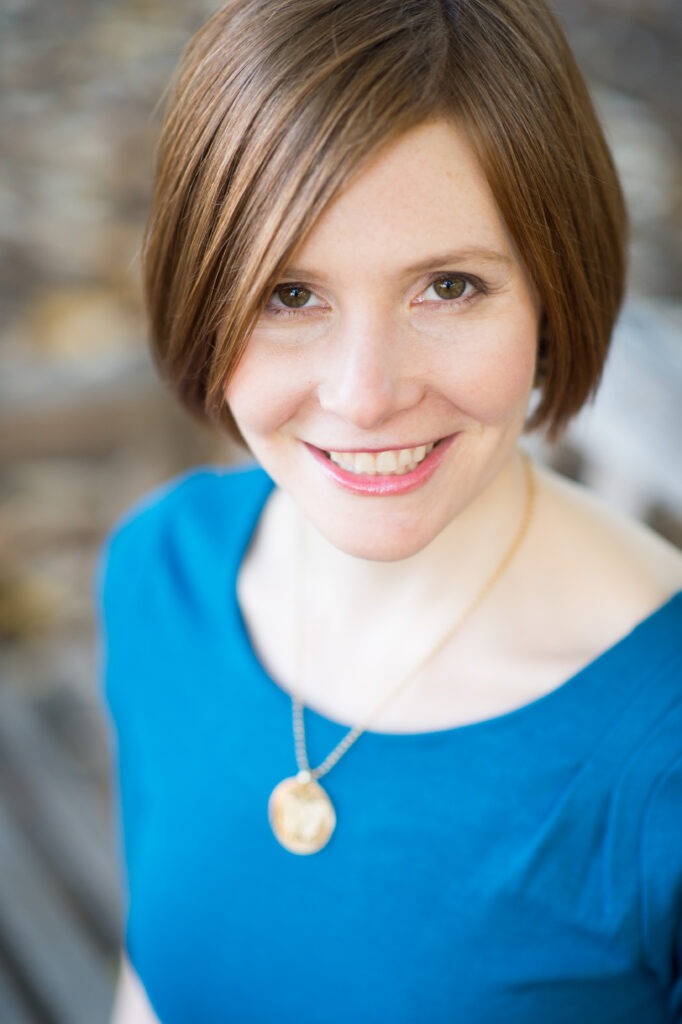
Filed under: Faith, Guest Post, YALit
About Ally Watkins
Ally Watkins is a Youth Services Librarian in Mississippi. She has worked in public libraries for over 8 years and previously served as library consultant for the State Library of Mississippi.
ADVERTISEMENT
ADVERTISEMENT
SLJ Blog Network
Name That LEGO Book Cover! (#53)
Cover Reveal and Q&A: The One and Only Googoosh with Azadeh Westergaard
Exclusive: Vol. 2 of The Weirn Books Is Coming in October | News
Fighting Public School Book Bans with the Civil Rights Act
ADVERTISEMENT

